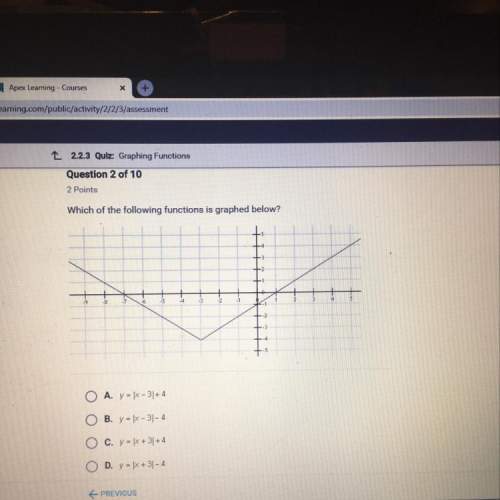
Mathematics, 13.02.2020 23:25 hinacat87
The proportion of men in the population who have prostate cancer is 35 per 100,000. In 1980, a new test was developed to test for the presence of prostate cancer. The researchers who developed the test wanted to know the probability that a man who tested positive for prostate cancer actually had the disease. To find this probability, they took a SRS of 99 men known to have prostate cancer and a SRS of 150 men known not to have prostate cancer (after having a biopsy). Their test is a radioimmunoassay for prostate acid phosphatase (RIA-PAP). They found the following results (real data).3_28Let C = a randomly selected man has prostrate cancerUse 3 decimal places.(a) P(C | Pos) = (b) P(Cc | Pos) = (c) Can you use the table above to find P(C), the probability a randomly chosen male selected from the entire male population has prostate cancer?i. Yes, because it was an experiment. ii. No, because it was an observational study. iii. Yes, because the sample was taken randomly. iv. No, because the percentage of patients in the study with cancer is not representative of the percentage of people in the population with cancer.

Answers: 3


Other questions on the subject: Mathematics

Mathematics, 21.06.2019 14:00, zanaplen27
Tiara buys the pizza shown below: a circular pizza is shown. the edge of one slice is marked ab. what does the curve ab represent?
Answers: 1


Mathematics, 21.06.2019 17:50, domiyisthom
On a string instrument, the length of a string varies inversely as the frequency of its vibrations. an 11-inch string has a frequency of 400 cylces per second. find the frequency of a 10-icnch string.
Answers: 2
You know the right answer?
The proportion of men in the population who have prostate cancer is 35 per 100,000. In 1980, a new t...
Questions in other subjects:

Mathematics, 13.04.2020 08:00






Mathematics, 13.04.2020 08:00

Mathematics, 13.04.2020 08:01






